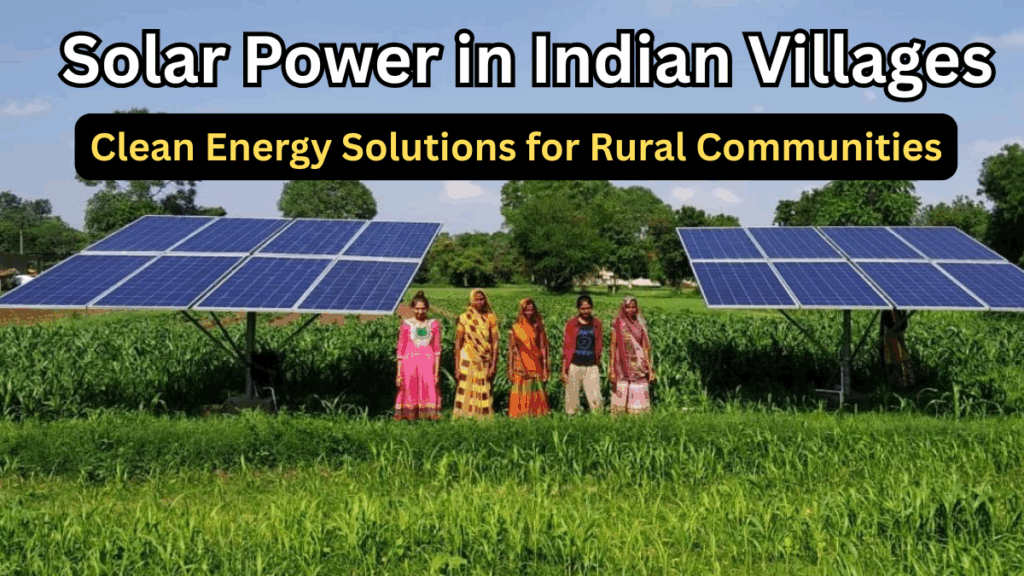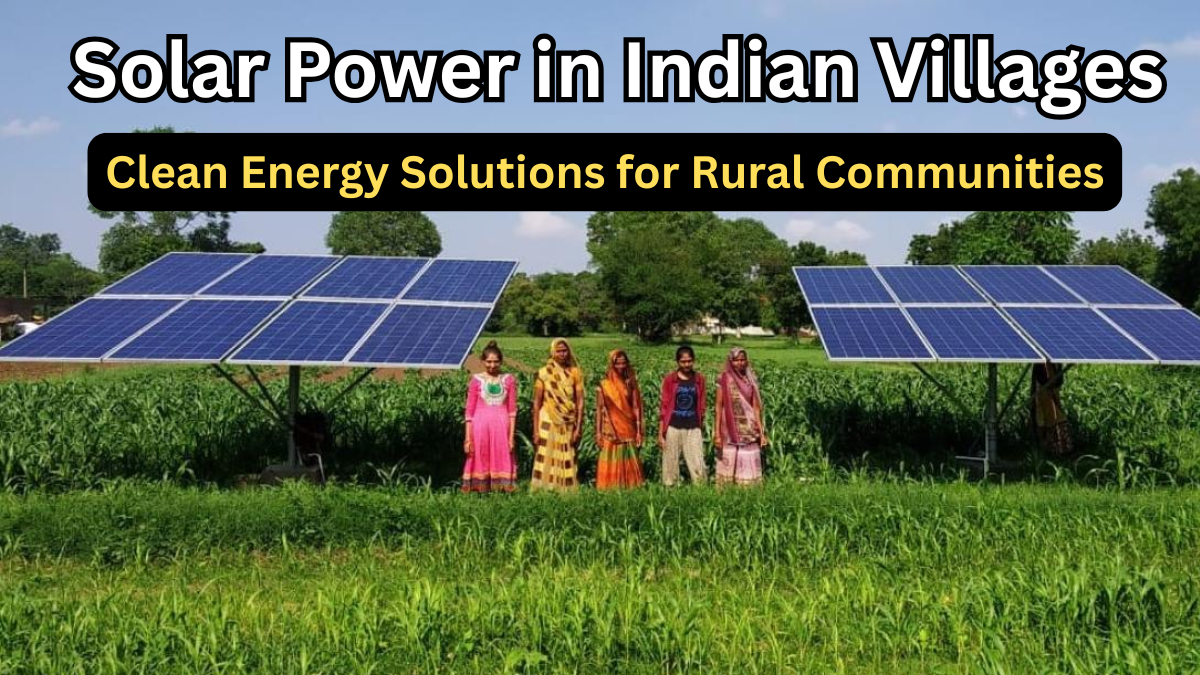Access to electricity has long been a challenge for India’s rural population. In 2025, solar energy in villages is not just transforming lives but also shaping the future of rural development. With the government, private organizations, and local communities joining hands, renewable power for rural India is becoming a reality, offering sustainable solutions for even the most remote areas.

Why Solar Energy Matters for Rural India
Electricity is more than just light—it means education for children, modern farming for farmers, and better healthcare for everyone. Unfortunately, many rural communities still face unreliable power supply. Here’s where solar energy in villages becomes a game-changer.
-
Sustainable and Affordable: Solar power provides an eco-friendly alternative to expensive diesel generators.
-
Low Maintenance: Once installed, solar panels require minimal upkeep.
-
Reliable: Villages no longer need to depend on erratic grid connections.
How Solar Energy Is Changing Rural Communities
The use of renewable power for rural India goes beyond lighting homes. It is powering schools, hospitals, and even small businesses.
Key Transformations:
-
Education: Schools now have electricity for computers, fans, and evening study sessions.
-
Healthcare: Rural clinics can store vaccines and operate medical equipment efficiently.
-
Agriculture: Solar-powered irrigation pumps reduce farmers’ dependency on costly fuels.
-
Entrepreneurship: Small-scale businesses like flour mills, sewing units, and mobile charging stations are thriving.
Government & Private Initiatives
The Indian government and private organizations are actively promoting solar energy in villages through various schemes:
| Initiative | Objective | Impact |
|---|---|---|
| PM-KUSUM Scheme | Solar pumps for farmers | Reduced irrigation costs & better crop productivity |
| Saubhagya Yojana | Electrification of all households | Increased access to reliable electricity |
| Solar Mini-Grids | Community-based solar projects | Power supply for schools, businesses & households |
Benefits of Solar Energy for Villages
-
Cost Savings: Villagers save money previously spent on kerosene and diesel.
-
Employment Opportunities: Installation and maintenance create local jobs.
-
Environmental Impact: Reduction in carbon emissions ensures a greener future.
-
Empowerment: Women and youth benefit from improved access to education and business opportunities.
Challenges & The Road Ahead
While renewable power for rural India has made great progress, challenges like funding, lack of awareness, and initial installation costs remain. However, with increasing government support and innovative financing models, solar energy adoption is expected to grow rapidly.
FAQs
1. How does solar energy benefit rural communities?
Solar energy provides reliable electricity for homes, schools, healthcare facilities, and businesses, improving overall quality of life.
2. What are some government programs promoting solar energy in villages?
Schemes like PM-KUSUM, Saubhagya Yojana, and solar mini-grid projects are making solar power accessible to rural communities.
3. Is solar energy affordable for rural households?
Yes. With government subsidies, micro-financing options, and community-based projects, solar energy is becoming increasingly affordable.
4. What role does solar power play in agriculture?
Solar-powered irrigation pumps help farmers save money on diesel, ensuring cost-effective and sustainable farming practices.
Click here to learn more
